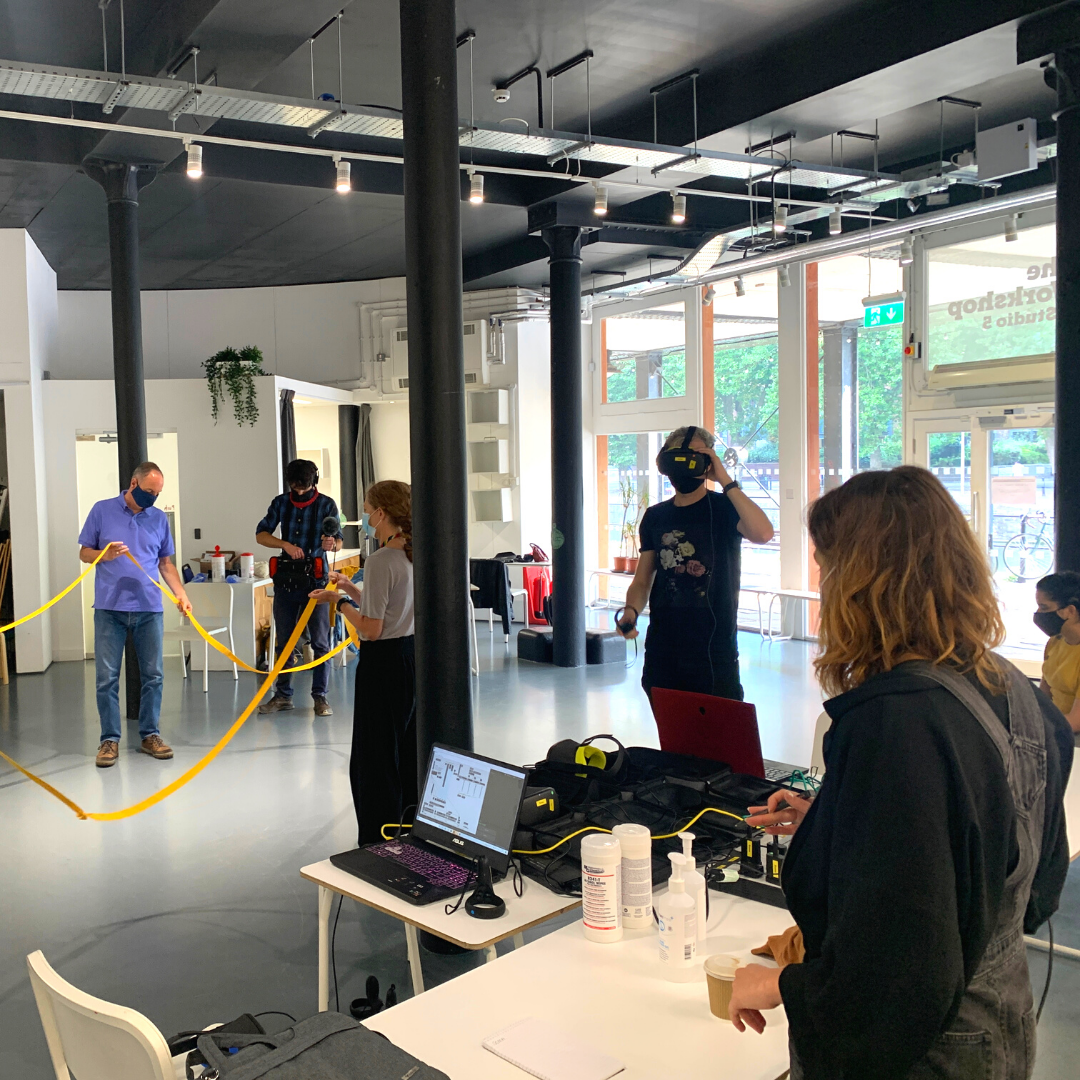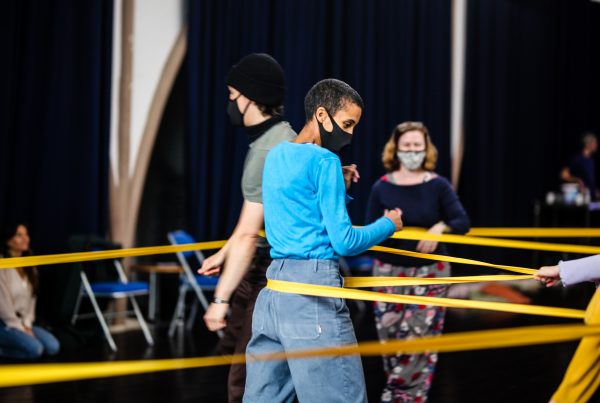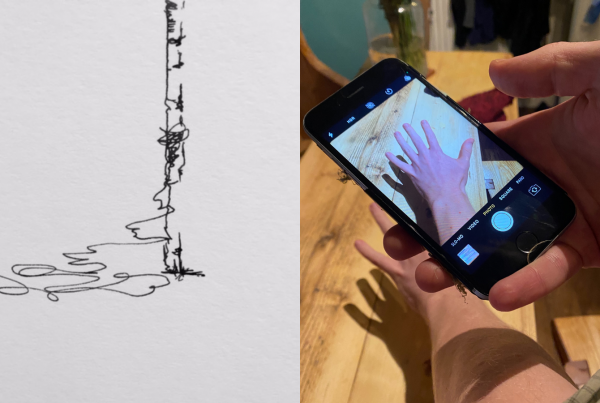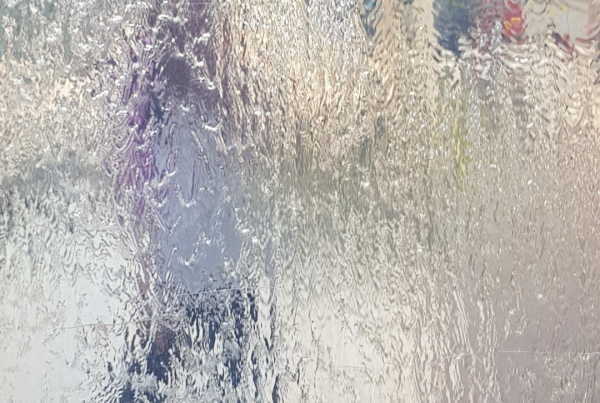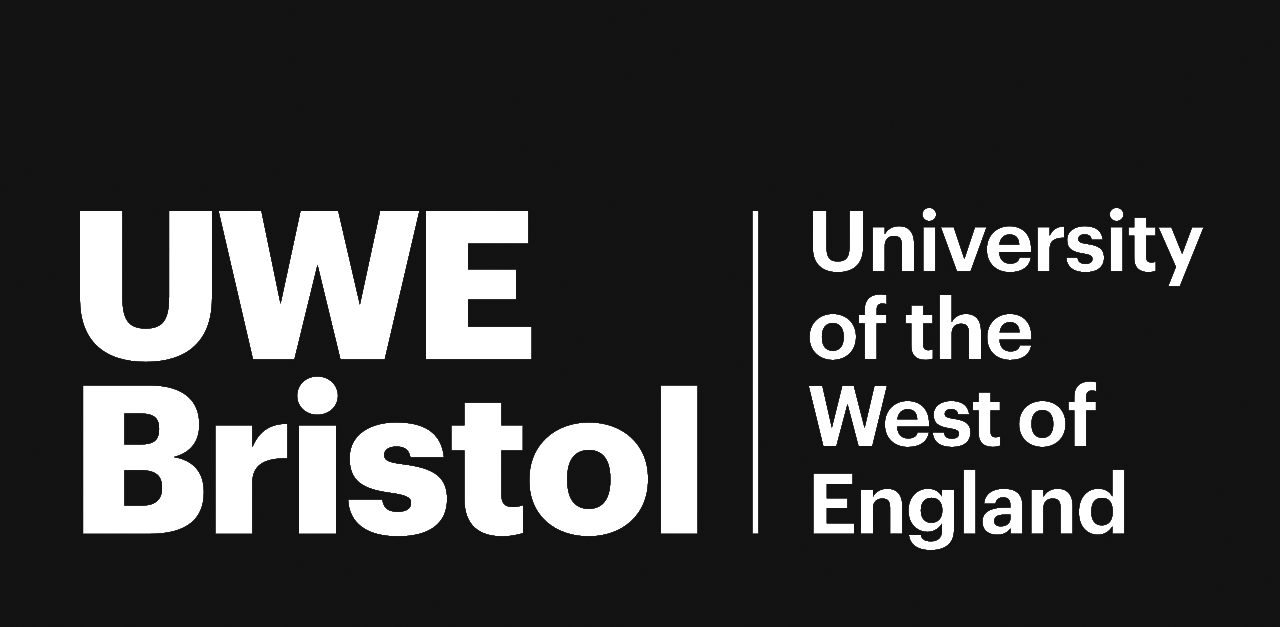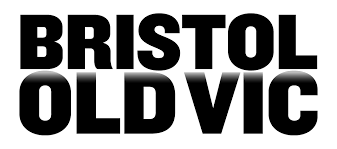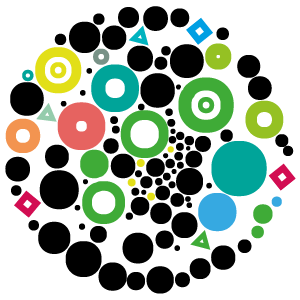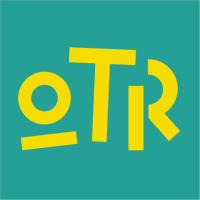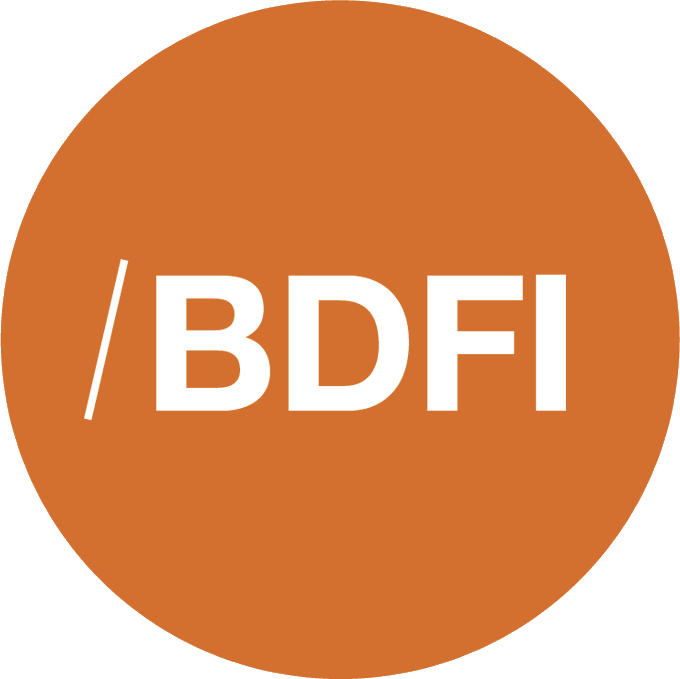”“I am becoming more aware of the interplay between ourselves, the weather and the ever-changing sensory landscape of outdoor spaces.”
Dancer Holly Thomas speaks about her In-Body invitation, ‘Touch. Rain. String.’
After working on Remodelling Soma remotely from the start of the project, the team gathered for our first in-person R&D (research & development) week at the University of Bristol’s Wickham Theatre and Pervasive Media Studios at Watershed, Bristol, to explore technology, ideas, and next steps for 2022. We asked team members to reflect on the week: was it what they expected? How valuable was it?
Here are some of their thoughts:
What did you enjoy most about the R&D week?
Professor Joseph Hyde (Composition & Sound Design): It was really great to get stuck back in and be working with real people in a real space. Always my preferred option, but particularly important for this project!
Harshadha Balasubramanian (Access & Inclusion Researcher): I enjoyed having more time to explore concepts in an experimental, co-creative way. In this vein, the planning and set-up days were very useful to become comfortable with the tech and ideas we are exploring in Soma. It was very enjoyable thinking more about how the virtual interactions in Soma shaped and were shaped by physical space and our modes for navigating it. For example, it was interesting to consider how the exercises with the physical string and with the speakers affected people’s interpretation of virtual string and space. I was excited by how sighted-guide with visually-impaired participants and the mutual sensitivity to shared movement here might be a connection that may be interesting to explore sonically in Soma.
Pilar Santelices (Co-Creative Producer): It was incredibly inspiring to hear the participants’ perception and thoughts after the experience. I was taken by their generosity, openness and humbleness to share what they thought of the provocations they had. It’s very interesting to hear someone who’s visually impaired’s views and thoughts. The fact that the project offers a connection with people that is somehow isolated, I think is one of its core values. There is so much to learn from them and their perspectives. [It was] all full of sensitivity.
Lisa May Thomas (Artistic Director): Being together in the space with the team. Guiding the VI workshop participants through an experience of Soma VR using audio description and sound – something which brought up some really interesting reflections.
Playing with the speakers, designed by Jo and Luke, exploring the different sounds Jo had programmed into them. I’m particular to the ‘rain’ – trying it with visually-impaired participants in our workshop was a really lovely experience.
What do you think went well?
Joseph: Some great ideas swimming around. From my perspective, good to see some things developing with the sound – some new ways of working with the sound in VR, and some new ways of using the portable speakers
Harshadha: The on-boarding of visually-impaired participants went very well and seemed so fluid. As ever, I was thoroughly impressed by how the tech team negotiated all the hurdles presented to us. It was wonderful to be part of such thought-provoking discussions amongst participants and team members about the possibilities for sound in VR, including different ways of building and holding the speakers, as well as the variety of effects achievable through spatialising sound.
Lisa: The workshops with visually impaired participants, and building the sound engine thanks to Tom and Joe. Plus, planning our upcoming workshops for young people with Libby and Tilda from Off The Record. Here’s a link for young people to register their interest in the project! https://www.otrbristol.org.uk/what-we-do/grown-your-own-avatar/
Do you think it was what you expected, or not?
Lisa: Some unexpected things happened, we had wonderful participant testimonies, and I’m feeling like we are on the right track with our questions and investigations.
Harshadha: I had thought that there may be a greater role for Audio Description (AD), as there had been in my previous encounters with Soma. However, I think the need for AD was perhaps met by the introduction of sound to indicate contact with string.
Are there new ideas that are part of Remodelling Soma now, that weren’t there before the R&D?
Joseph: I think the next steps are a re-work of the sound in VR so we can make it more varied and responsive. This alongside developing the small speakers – in number, capabilities and design, focusing in particular on the idea of them being objects to hold. And finally bringing the VR sounds and (physical) speaker sounds in some kind of cohesive narrative.
Harshadha: I personally came away with a stronger appreciation for the relationship between the virtual and physical space in Soma, and hence, some further ideas about how we may represent these in the Soma podcast. There were also some fascinating ideas about the build and use of speakers in the residue space.
Pilar: I could see Lisa and the tech team getting excited about *something* that happened at some point, but I’m not sure what that was. I think I need to sit down with Lisa and she’ll have to explain to me very patiently what was going on!
What do you think are the next steps for the Soma Project now?
Harshadha: Especially in terms of sound within the VR headset, I understand that we might be exploring how to use sound to enable participants to identify themselves and each other in Soma, collaborate, and feel a connection.
Lisa: We’ll be bringing the dancers back into the project with the tech, and re-mapping the performance scores. Then exploring a Soma performance which is fully accessible for visually impaired participants, and finding out where we are with the performance, in light of what has happened over the last two years with Covid.
Remodelling Soma continues until May 2022, culminating in a final performance and showcase. Follow our journey on social media using @The_SomaProject and #SomaVR or #InBody.
